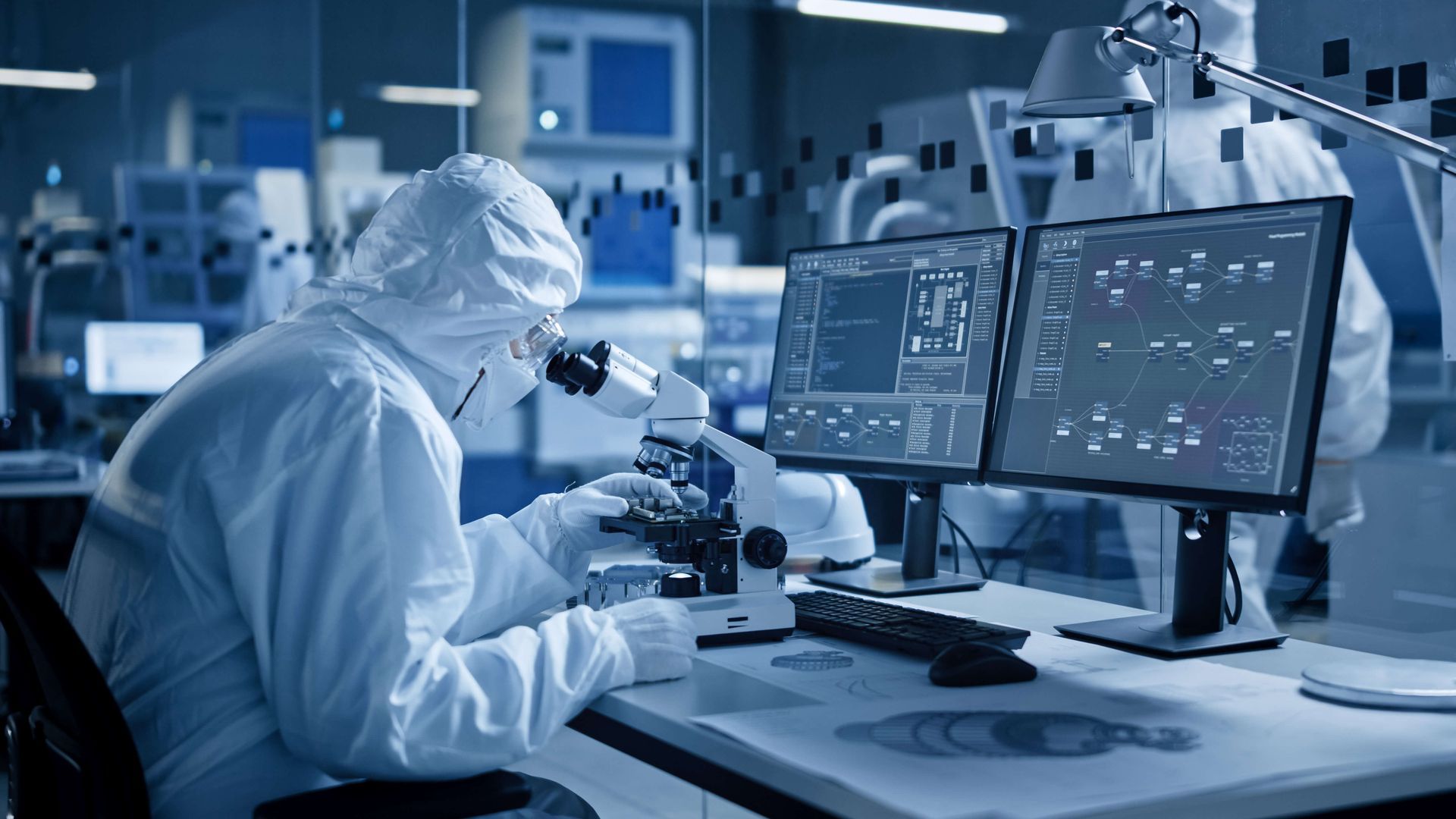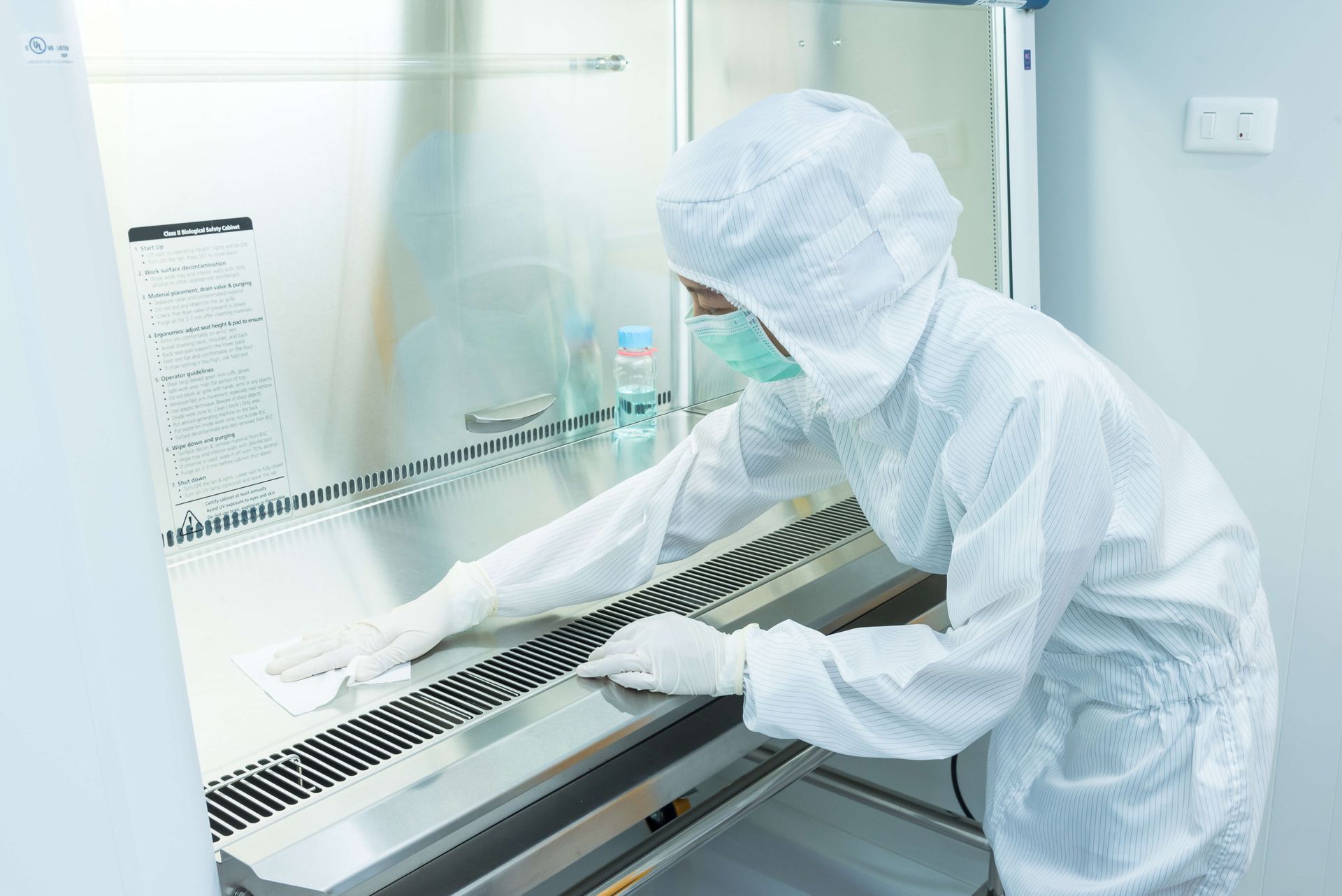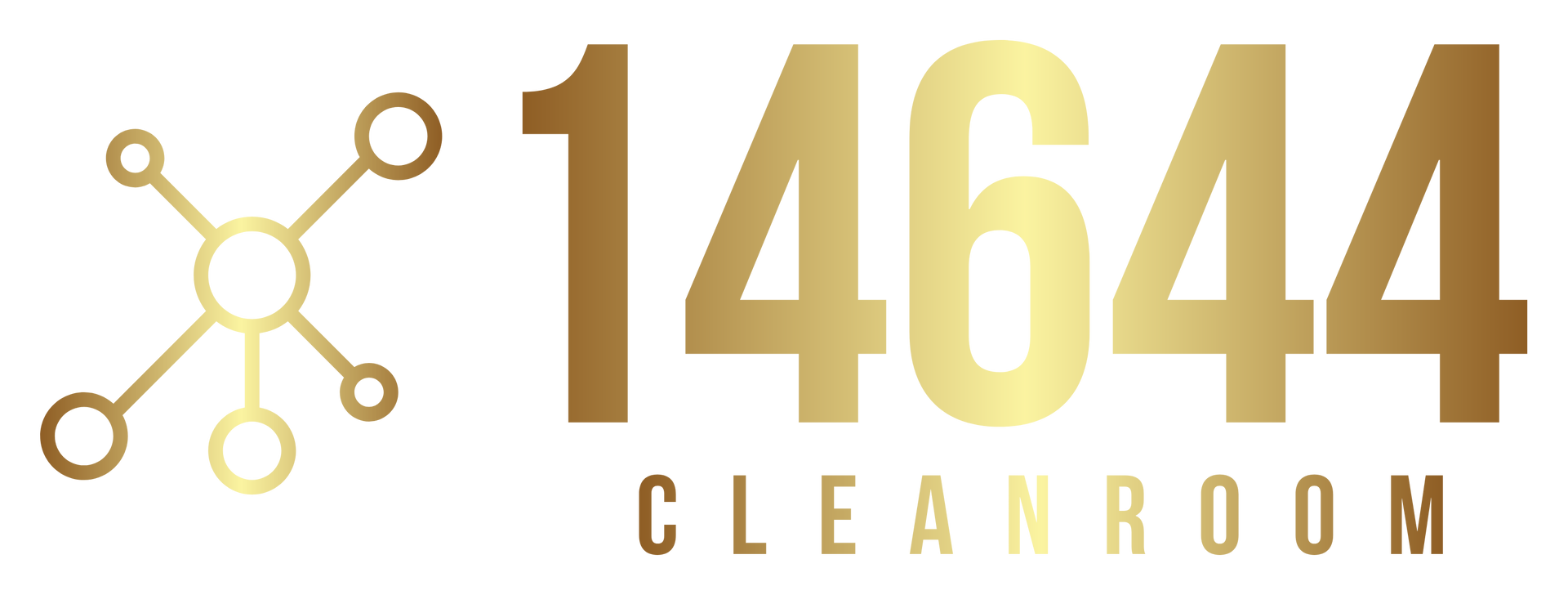How to Create and Maintain Maximum Employee Engagement in the Cleanroom Industry

Creating and maintaining maximum employee engagement is pivotal for any industry, but it holds particular significance in the cleanroom industry, where precision, cleanliness, and adherence to protocols are not just important but imperative for the success of operations. Employee engagement in this context extends beyond mere job satisfaction; it encompasses a deep commitment to the organization’s goals and values, a willingness to go above and beyond in their roles, and a strong sense of responsibility towards maintaining the integrity of the cleanroom environment. This article explores strategies for fostering a highly engaged workforce in the cleanroom industry, addressing unique challenges and opportunities.
Understanding the Stakes in the Cleanroom Industry
The cleanroom industry serves sectors where the smallest contamination can compromise product quality, research validity, or even patient safety in the case of pharmaceuticals and biotechnology. Employees must understand the critical nature of their roles and the impact of their actions on overall outcomes. This high-stakes environment necessitates a level of engagement that ensures employees are not just present but fully aware of and committed to their responsibilities.
Establishing a Culture of Ownership and Accountability
- Comprehensive Training: Begin with in-depth training programs that not only cover the technical aspects of cleanroom operations but also emphasize the importance of each employee's role in maintaining cleanliness standards. Real-life examples of contamination consequences can underscore the significance of their duties.
- Clear Communication of Expectations: Set clear, achievable expectations for cleanliness and protocol adherence. Employees should know not just what is expected but why it matters, linking their actions to the broader impact on the organization and its clients.
- Encouragement of Ownership: Foster a culture where employees feel a sense of ownership over their cleanroom environment. This can be achieved through involving them in decision-making processes, such as improvements in procedures or the introduction of new protocols.
Fostering Engagement through Recognition and Reward
- Recognition Programs: Implement recognition programs that highlight individual and team contributions to maintaining cleanroom standards. Public acknowledgment of an employee's commitment to excellence can boost morale and encourage continued high performance.
- Performance-Based Incentives: Consider incentives tied directly to cleanroom integrity metrics, such as reduced contamination incidents. This links rewards directly with the behaviors and outcomes most critical to the cleanroom environment.
Promoting Continuous Learning and Improvement
- Ongoing Training and Development: Continuous education opportunities allow employees to advance their skills and stay updated on cleanroom technologies and best practices. This not only benefits the organization but also contributes to employee satisfaction and engagement.
- Feedback Loops: Create mechanisms for employees to provide feedback on cleanroom operations and their work environment. This feedback can be invaluable for identifying areas for improvement and making employees feel heard and valued.
Ensuring Well-Being and Work-Life Balance
- Physical Well-Being: Recognize the physical demands of working in a cleanroom, such as wearing specialized suits and working under strict conditions. Provide support through ergonomic assessments, regular breaks, and access to wellness programs.
- Mental Health Support: The high-stakes nature of cleanroom work can be stressful. Offer mental health resources and foster an environment where employees can express concerns without fear of judgment.
Leveraging Technology for Engagement
- Digital Tools for Collaboration: Utilize technology to enhance communication and collaboration among cleanroom employees. Digital platforms can facilitate sharing of best practices, troubleshooting, and team-building activities.
- Gamification: Introduce gamification elements in training and compliance activities to make learning and adherence to protocols more engaging and less monotonous.
Conclusion
In the cleanroom industry, where the margin for error is minimal, employee engagement is not just beneficial; it's critical. Engaged employees are more likely to adhere to protocols, perform their duties with care, and contribute to a culture of excellence and continuous improvement. By investing in training, recognition, continuous learning, well-being, and leveraging technology, organizations can create an environment where employees are not just engaged but empowered to contribute to the success and integrity of the cleanroom operations. This holistic approach to employee engagement can lead to significant improvements in operational outcomes, product quality, and overall organizational success.
Read more: All About Cleanrooms - The ultimate Guide






